11 mountainous districts in Nghe An have a cultural space imbued with identity. The intangible cultural heritage there is rich in quantity and diverse in types. However, the counting and inventory work is facing certain shortcomings; this is a significant challenge affecting the process of preservation, restoration and development. That is also the reason why people need to make great efforts to implement Project 6, the National Target Program on Socio-Economic Development in Ethnic Minority and Mountainous Areas for the period 2021-2025 on "Preserving and promoting the fine traditional cultural values of ethnic minorities associated with tourism development" to be effective. Implementing Project 8, the National Target Program on Socio-Economic Development in Ethnic Minority and Mountainous Areas, Van Lang District, Lang Son Province pays special attention to equipping knowledge on gender equality (GED), skills in implementing gender mainstreaming for officials in the political system, village elders, village chiefs and prestigious people in the community. Thanks to that, awareness of gender equality has been raised, ensuring the progress of ethnic minority women in all areas of social life. General Secretary To Lam emphasized the need to urgently and actively implement the summary of Resolution No. 18-NQ/TW and carry out a revolution in arranging, organizing and streamlining the apparatus of the political system. This is a particularly important task, not only a matter of scale or quantity but more deeply, it is necessary to create a qualitative change in the operation of the political system. In order to improve the capacity of the prestigious people, in November and December 2024, the Ethnic Minorities Committee of Yen Bai province organized training courses to foster knowledge and skills for key forces, prestigious people in ethnic minorities, under the National Target Program on socio-economic development in ethnic minority and mountainous areas, phase I: from 2021-2025 (National Target Program 1719), 2024. Implementing Project 8, National Target Program on socio-economic development in ethnic minority and mountainous areas, Van Lang district, Lang Son province pays special attention to equipping knowledge on gender equality (GED), skills in implementing gender mainstreaming for cadres in the political system, the elderly. Village, village chief and prestigious people in the community. Thanks to that, awareness of gender equality has been raised, ensuring the progress of ethnic minority women in all areas of social life. Up to now, Tra Vinh province has achieved 7/8 contents of new rural construction, all districts have been recognized by the Prime Minister as meeting new rural standards. The fourth survey of the socio-economic situation of 53 ethnic minorities according to commune ballots added the task of collecting information on the number of vocational training facilities in communes/wards/towns as of July 1, 2024. Along with collecting the status of labor qualifications according to household ballots, information on vocational training facilities provides an important data set to review vocational training for rural workers and ethnic minority workers. 11 mountainous districts in Nghe An have a cultural space rich in identity. The intangible cultural heritage there is very rich in quantity and diverse in types. However, the counting and inventory work is facing certain shortcomings; this is a significant challenge affecting the process of conservation, restoration and development. That is also the reason why people need to make great efforts to implement Project 6, the National Target Program for Socio-Economic Development of Ethnic Minorities and Mountainous Areas for the period 2021-2025 on "Preserving and promoting the fine traditional cultural values of ethnic minorities associated with tourism development" to be effective. The summary news of the Ethnic Minority and Development Newspaper, on November 29, has the following notable information: Long An - Shining Aspiration of the Vam River. Five-color cake - Unique specialty of the Cao Lan people. Where the Ba Na cultural identity is preserved and promoted. Along with other news in ethnic minority and mountainous areas. Southeast Asia Commercial Joint Stock Bank (SeABank, HOSE: SSB) has successfully upgraded the core banking system (Core Banking) T24 Temenos to version R22 - the latest version in the Vietnamese market, to enhance compliance with international regulations, risk management, transparency and safety in banking operations. In addition, the upgrade helps improve system performance and capacity, meeting the needs of business expansion, thereby bringing customers the most outstanding experiences when using banking products and services. In round 13 of the Premier League, Tottenham and Fulham created a rather attractive offensive match in this match. Many delicious opportunities were created by both sides but were not successfully exploited. Man United hosted Everton in round 13 of the Premier League 2024-2025 season. Despite the many changes in the lineup, the home team still easily won with a score of 4-0. In round 13 of the 2024-2025 Premier League, Man City had a difficult trip to Liverpool's field. Faced with the strength and discipline of the home team, Man City was forced to leave the field empty-handed. Recently, dozens of households in Dak Long commune, Dak Ha district, Kon Tum province are facing flooding and landslides due to the water storage activities of Dak Psi 6 Hydropower Plant. Although people have repeatedly petitioned the authorities, Dak Psi 6 Hydropower Investment Joint Stock Company has not yet had a plan to compensate for the damage.
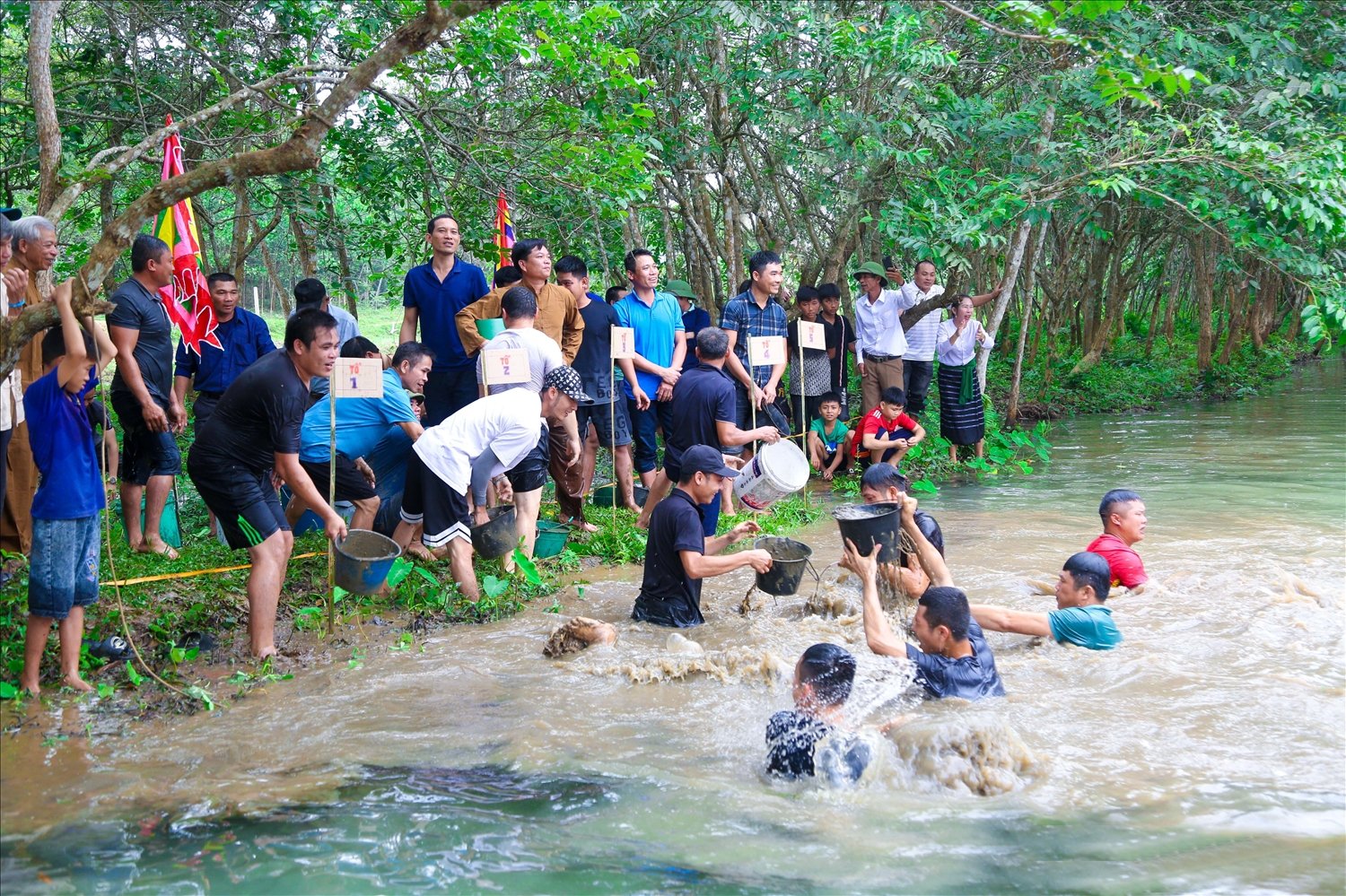
Rich folk performing arts
The intangible cultural heritage of the ethnic minority and mountainous areas of Nghe An is very rich in quantity and diverse in types. Among that richness and diversity, the most typical is the folk performing art form, with many popular heritages, imbued with regional and ethnic cultural identity.
A typical example is the cultural heritage of the Thai community. As an ethnic minority group with a large population in Nghe An, the Thai have art forms such as gong performances, carving, xoe dancing, playing pi, xap, lam, nhuon, and jumping.
Ranked second in population, the Tho people are also preserving traditional singing arts such as tap tinh tap tang, du du dien dien, traditional dances and melodies such as dien dien folk songs, hat da oi; gong performances, and so ma flute.
The Khmu ethnic group also has many outstanding activities, with gongs, tom, phi tom, dao dao, leaf pipes, bamboo mouth pipes, bamboo gongs. Meanwhile, the Mong people in the misty villages possess heritages such as be pipes, lip pipes, flutes, and cu xia singing.
Not to mention, the districts of ethnic minority and mountainous areas of Nghe An also preserve many heritages in the form of customs and practices such as ancestor worship, the custom of making and tying wrist strings, the custom of drinking rice wine, wedding rituals... Along with that, there are heritages of folk knowledge such as experience in practicing the shaman profession, traditional medicine to cure diseases...
Currently, the ethnic minority and mountainous region of Nghe An has many heritages included in the list of national intangible cultural heritages: the Nine-Chamber Temple Festival (Que Phong district), the Xang Khan ritual of the Thai ethnic group in Western Nghe An, the new rice celebration...
Ms. Phan Thi Anh, Head of the Department of Cultural Heritage Management (Department of Culture and Sports ) said: Carrying out heritage inventory has helped local authorities at all levels clearly realize the importance of heritage protection and preservation.
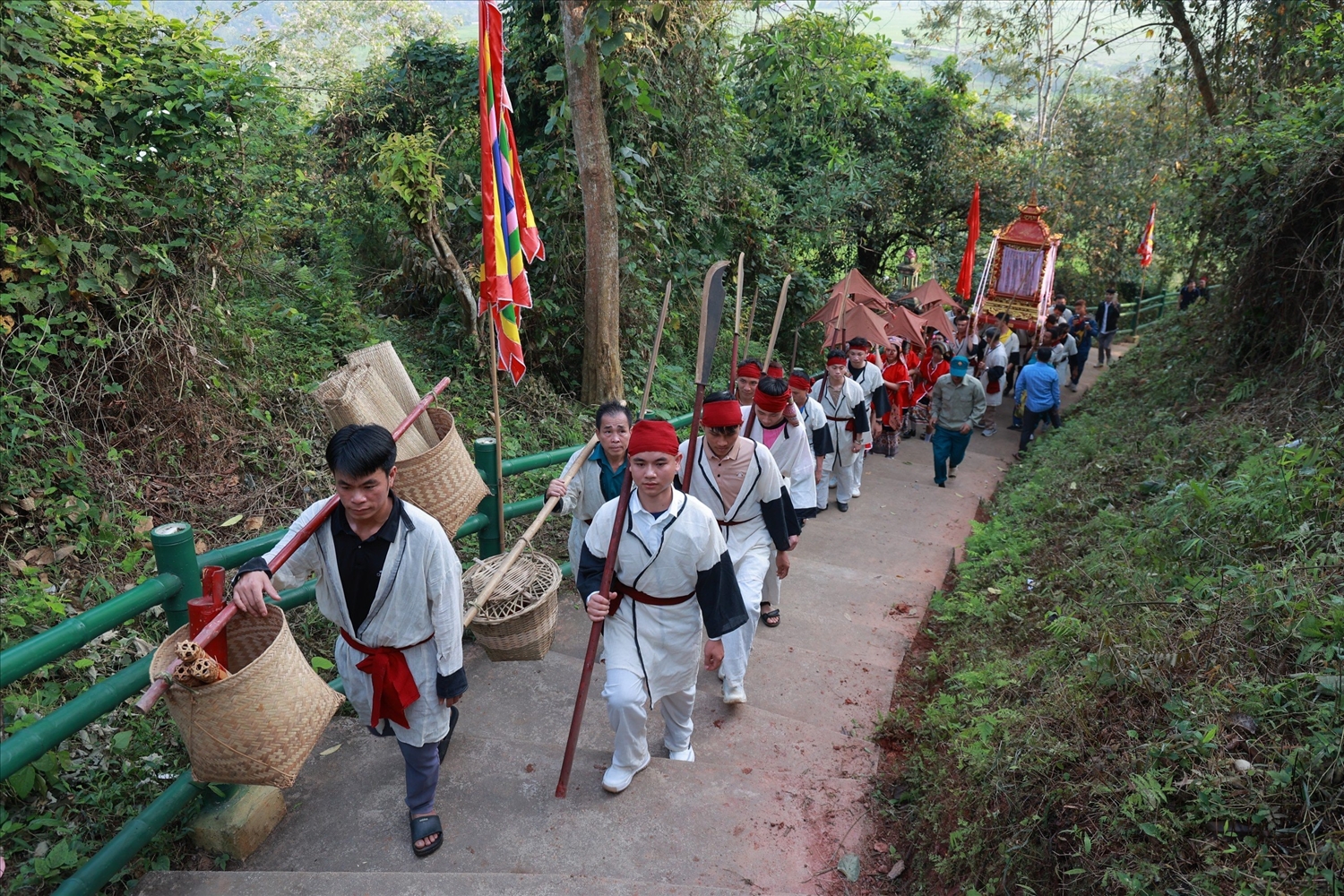
Returning to the implementation of Project 6, the National Target Program on Socio-Economic Development of Ethnic Minority and Mountainous Areas for the 2021-2025 period (National Target Program 1719) on "Preserving and promoting the fine traditional cultural values of ethnic minorities associated with tourism development"; the preservation, maintenance, and correct view of fine traditional cultural values are the driving force for promoting tourism activities.
That is also the reason, for phase II from 2026-2030, National Target Program 1719, the Department of Culture, Sports and Tourism proposed to organize 5 training courses, professional development, teaching intangible culture; maintain 55 folk cultural activity clubs in ethnic minority and mountainous villages, resettlement areas, support the activities of 55 traditional art troupes in ethnic minority and mountainous villages...
…difficult to carry out inventory and counting activities
According to Ms. Phan Thi Anh, Head of the Cultural Heritage Management Department (Department of Culture and Sports), the inventory of intangible cultural heritage in the area still faces many difficulties and shortcomings. The personnel directly involved in the inventory and counting are a number of cultural officials, especially at the commune level, who are limited in their ability to identify intangible cultural heritage and understand the content of the inventory.
Ms. Anh added: In fact, before each inventory, the Department of Culture from the province to the district organizes training sessions, but some communal cultural officers still confuse tangible and intangible cultural heritage, such as confusing stone steles and royal decrees with intangible heritage. Some traditional occupations that are no longer practiced or banned are still included in the list.
As if to "justify" the difficulties and shortcomings mentioned by the representative of the Department of Culture and Sports, an officer of the Center for Culture - Sports and Communication of Con Cuong district, Nguyen Hong Hien, said: Due to difficult living conditions, the preservation and promotion of intangible cultural heritage has not been given much attention.
Some communities still practice heritage without realizing it is heritage, such as the Tho ethnic group's divination ceremony, the custom of tying strings on fingers, or the Thai people's thanksgiving ceremony for their parents...
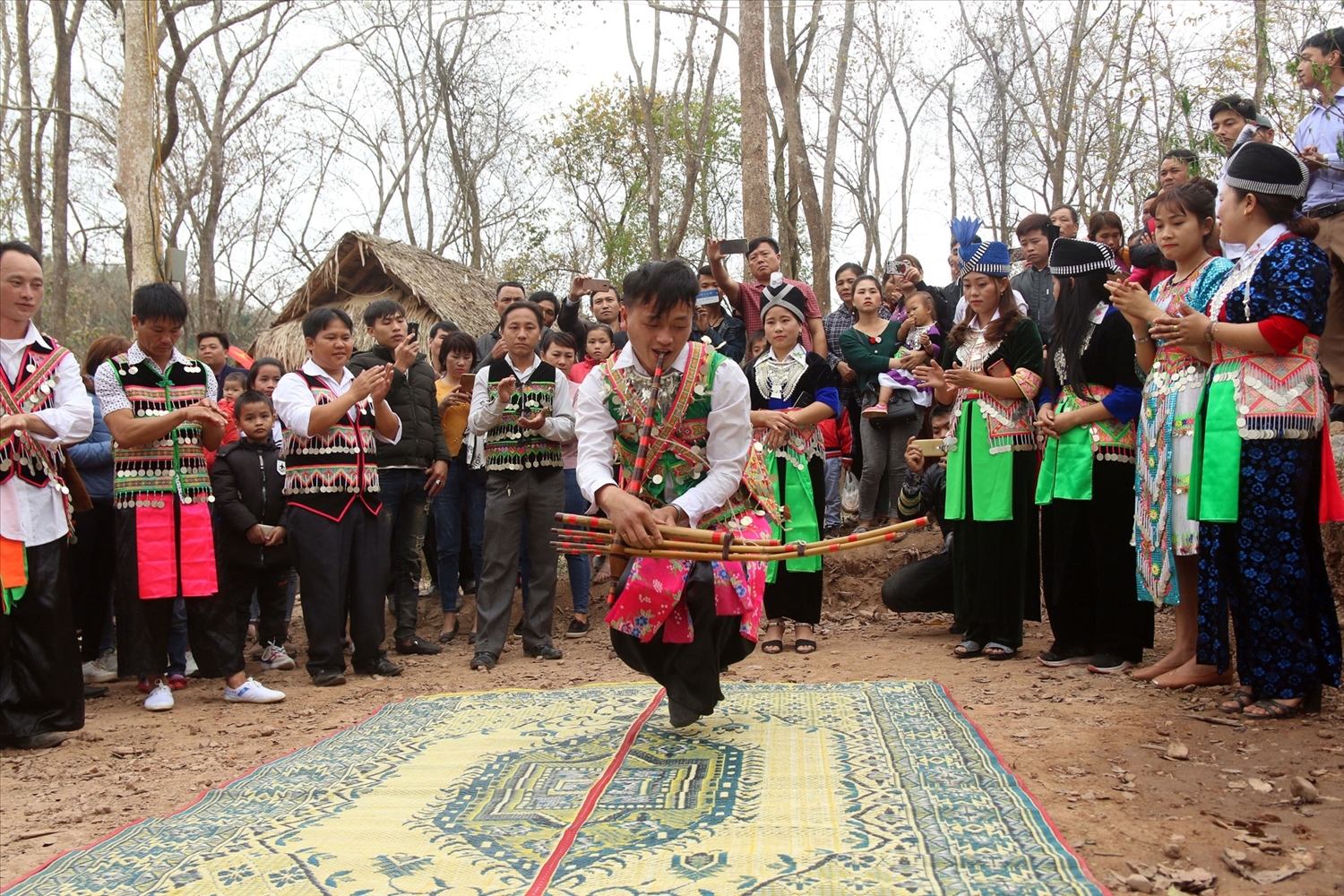
Another difficulty that is also present is the language barrier. Currently, some heritages are only recorded in local languages, making it difficult to synthesize information, for example: Hang Van, Xen Ban, Xen Muong, Ooc Cam, Ooc Kho, Booc May, Pam Tai...
In addition, the process of inventorying and counting intangible cultural heritage requires a lot of time and money; but the funding for this activity is not guaranteed, limiting the time for research and collection in villages and hamlets. Not to mention, intangible cultural heritage is mainly passed down orally, lacking written records, increasing the risk of loss.
Proposed solutions
Discussing this issue, Director of Nghe An Department of Culture and Sports Tran Thi My Hanh informed: Most districts have not yet proposed reasonable and best protection measures, suitable to the nature and characteristics of each type of heritage. Faced with that, intangible cultural heritage is not easy to form, but very easy to be lost and disappear.
Ms. Hanh also proposed a number of solutions in the coming time to promote inventory and counting. That is, the industry will propose and advise on appropriate investment mechanisms and policies to protect and promote the value of intangible cultural heritage. Focus on training, fostering and improving the professional qualifications and skills in inventory and documentation of cultural heritage for grassroots cadres.
Along with that, it is necessary to deploy solutions to apply information technology and digital transformation to preserve and effectively promote the value of tangible cultural heritage. This is one of the activities that, if well implemented, will make the implementation of Project 6, National Target Program 1719 more convenient and effective; maximally meeting the enjoyment needs of local people.
Source: https://baodantoc.vn/thao-go-kho-khan-trong-bao-ton-di-san-van-hoa-phi-vat-the-o-nghe-an-1733122437025.htm






![[Photo] Explore the US Navy's USS Robert Smalls warship](/_next/image?url=https%3A%2F%2Fvphoto.vietnam.vn%2Fthumb%2F1200x675%2Fvietnam%2Fresource%2FIMAGE%2F2025%2F12%2F10%2F1765341533272_11212121-8303-jpg.webp&w=3840&q=75)



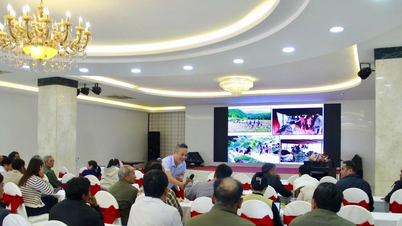










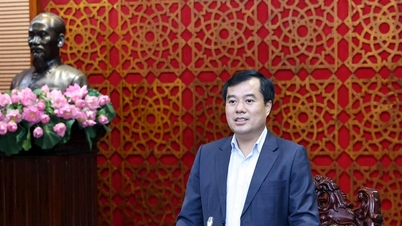


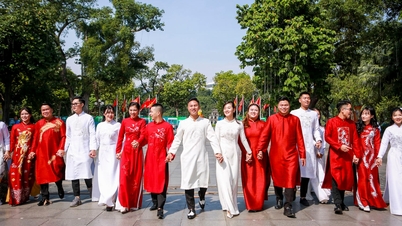

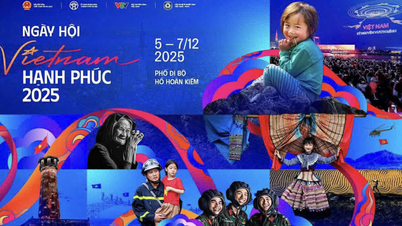








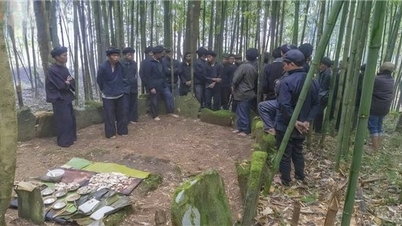
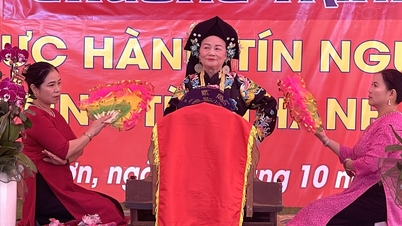
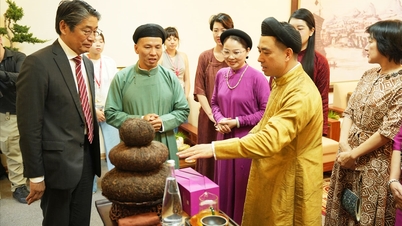

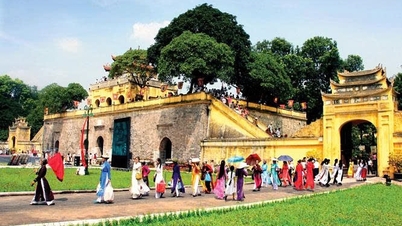




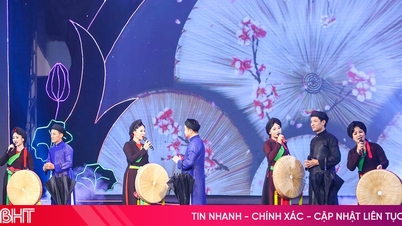

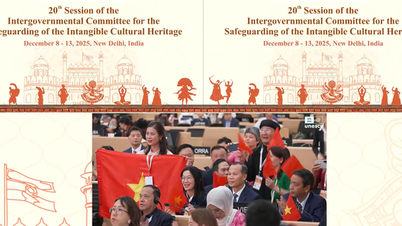

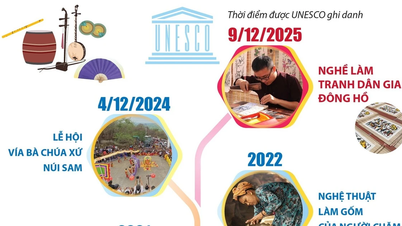
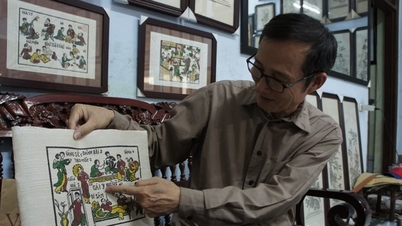



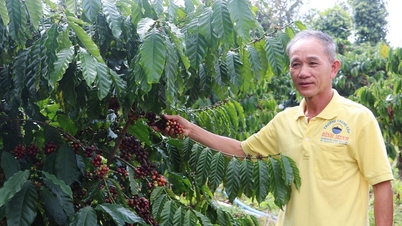

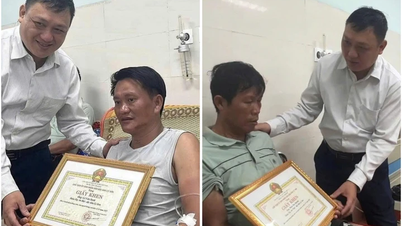

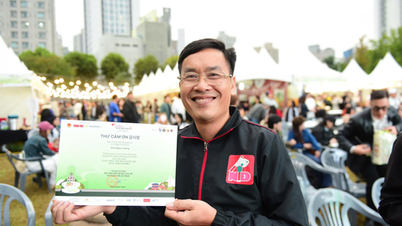











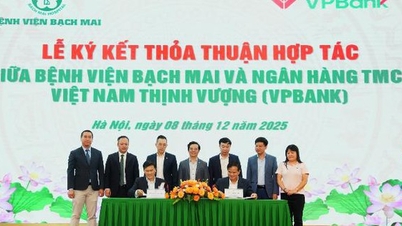


















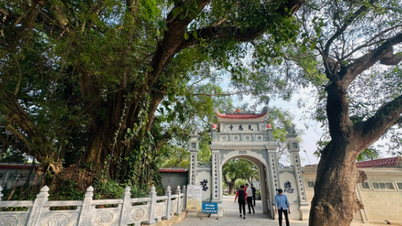



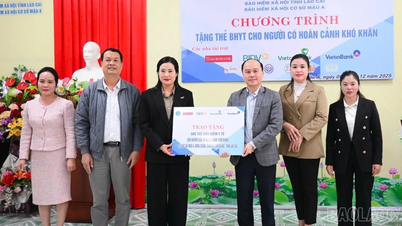










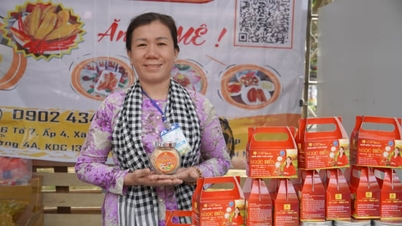






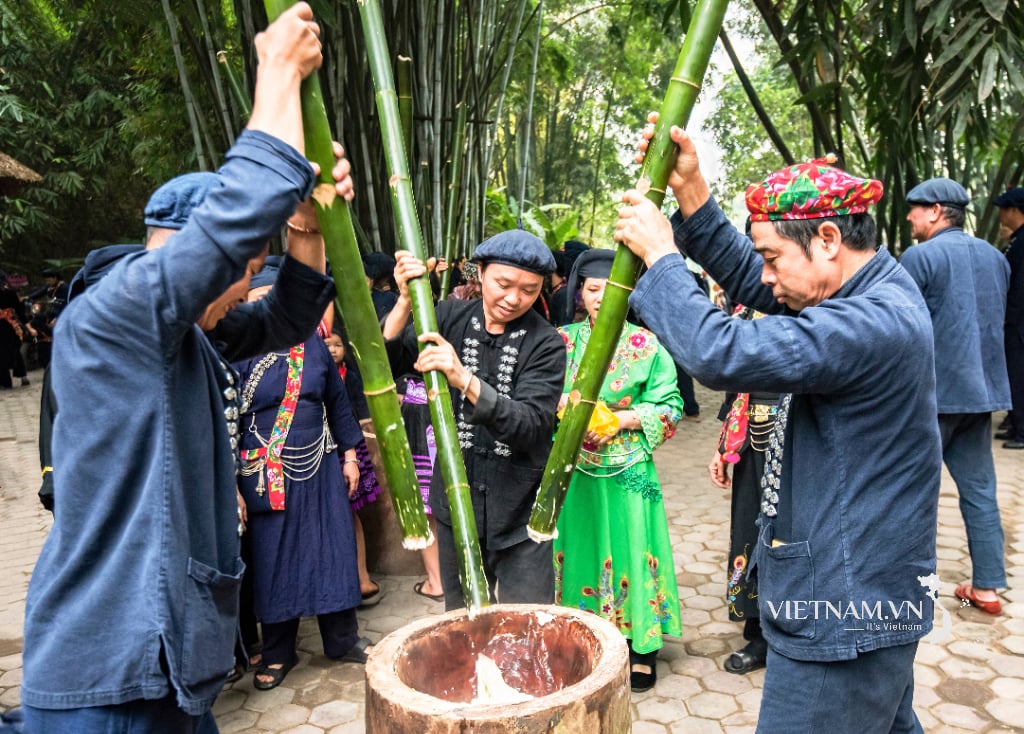
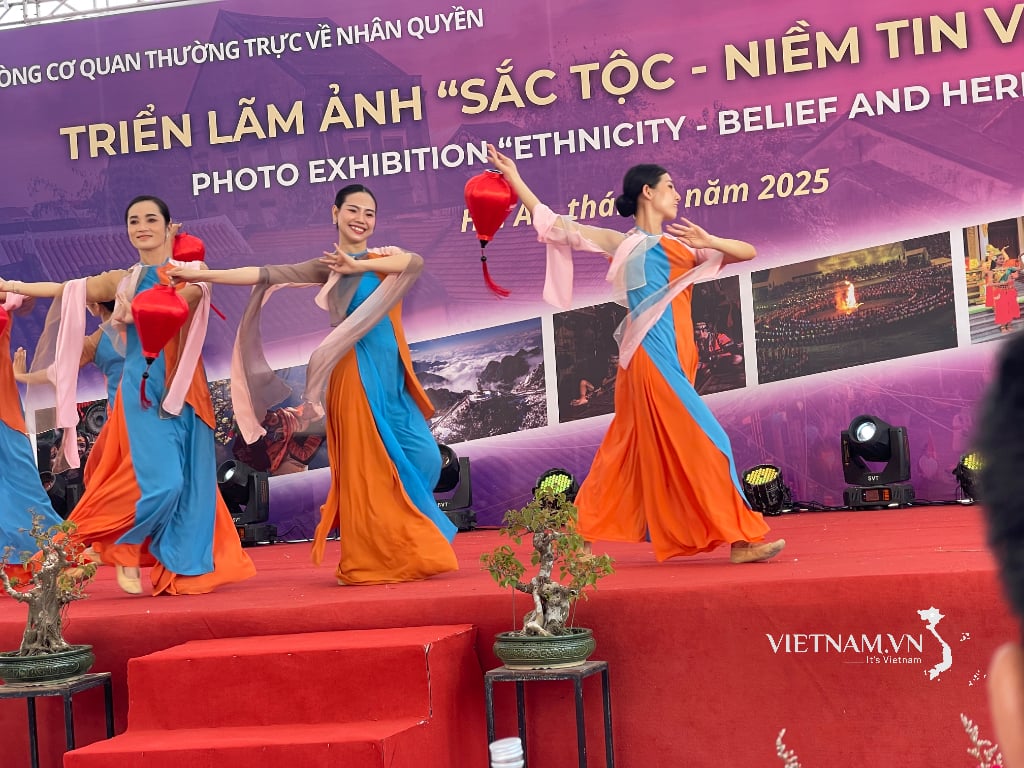






Comment (0)